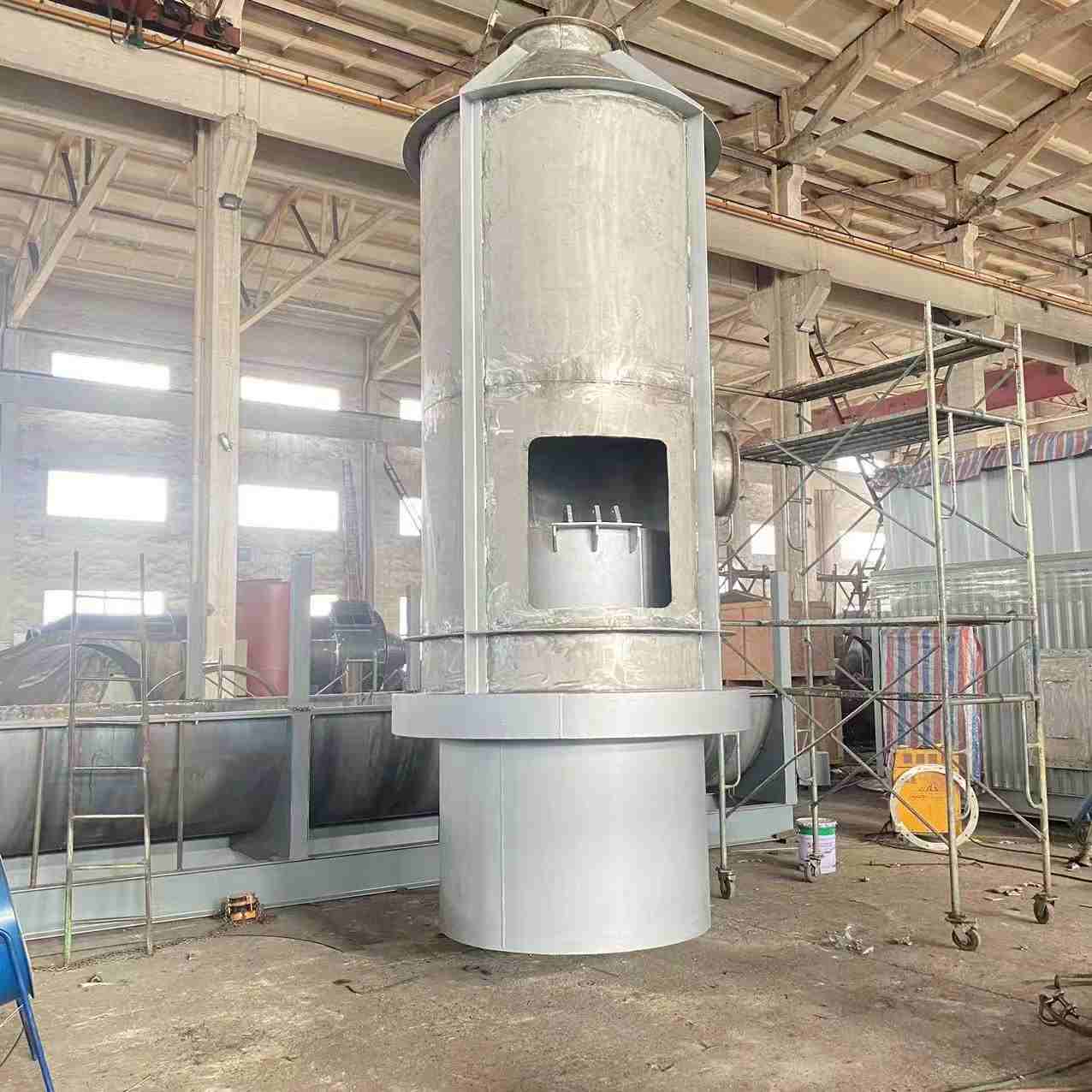How Secondary Combustion Chambers Improve Air Quality Post-Incineration
In the quest for effective waste management solutions, incineration has emerged as a viable method for reducing waste volume and generating energy. However, the environmental impact of incineration can be significant if not properly managed. This is where secondary combustion chambers play a crucial role. By enhancing combustion processes and minimizing emissions, these chambers significantly improve air quality post-incineration. Airali, a leader in manufacturing and engineering installation of environmental pollution control equipment, exemplifies the importance of secondary combustion chambers in their incinerator designs.

1. Complete Combustion of Harmful Pollutants
Secondary combustion chambers are designed to ensure that any unburned gases from the primary combustion chamber undergo complete combustion. When waste is incinerated, some volatile organic compounds (VOCs) and hazardous pollutants, such as dioxins and furans, may remain in the exhaust gases. The secondary chamber operates at elevated temperatures—typically above 850°C—where these harmful substances are subjected to additional heat and oxygen, facilitating their breakdown into less harmful byproducts. This process is essential for achieving cleaner emissions and improving overall air quality.
2. Enhanced Temperature Control
Effective temperature management within the secondary combustion chamber is vital for optimal performance. By maintaining high temperatures, secondary combustion chambers ensure that the conditions necessary for complete oxidation of carbon monoxide and other pollutants are met. For instance, Wuxi Airali's incinerators utilize advanced technology to monitor and control temperatures within the secondary chamber, ensuring that emissions are treated effectively before being released into the atmosphere.
3. Reduction of Greenhouse Gas Emissions
Incomplete combustion can lead to the release of greenhouse gases such as methane and carbon dioxide. Secondary combustion chambers help mitigate this issue by promoting complete oxidation of these gases. By converting them into harmless carbon dioxide and water vapor, these chambers play a significant role in reducing the overall greenhouse gas footprint of incineration processes. This aligns with global efforts to combat climate change and improve environmental sustainability.
4. Minimizing Odors and Smoke
One of the common concerns associated with waste incineration is the potential for unpleasant odors and visible smoke. Secondary combustion chambers address this issue by ensuring that any residual smoke particles are burned off before they exit the system. The high temperatures achieved in these chambers effectively eliminate odor-causing compounds, resulting in cleaner emissions that are less likely to affect nearby communities.
5. Compliance with Environmental Regulations
With increasing regulatory scrutiny on emissions from waste management facilities, having a well-designed secondary combustion chamber is essential for compliance with environmental standards. Wuxi Airali's incinerators incorporate robust secondary combustion systems that meet or exceed regulatory requirements for emissions control. This not only protects public health but also enhances the reputation of waste management facilities as responsible stewards of the environment.
Conclusion
The integration of secondary combustion chambers in incinerators is a critical advancement in waste management technology. By ensuring complete combustion of harmful pollutants, enhancing temperature control, reducing greenhouse gas emissions, minimizing odors and smoke, and facilitating compliance with environmental regulations, these chambers significantly improve air quality post-incineration. Companies like Wuxi Airali Environmental Protection Technology Co., Ltd. are at the forefront of this innovation, providing effective solutions that contribute to cleaner air and a healthier planet. As we continue to seek sustainable waste management practices, the role of secondary combustion chambers will undoubtedly remain pivotal in achieving our environmental goals.
- Art
- Causes
- Crafts
- Dance
- Drinks
- Film
- Fitness
- Food
- Jogos
- Gardening
- Health
- Início
- Literature
- Music
- Networking
- Outro
- Party
- Religion
- Shopping
- Sports
- Theater
- Wellness


